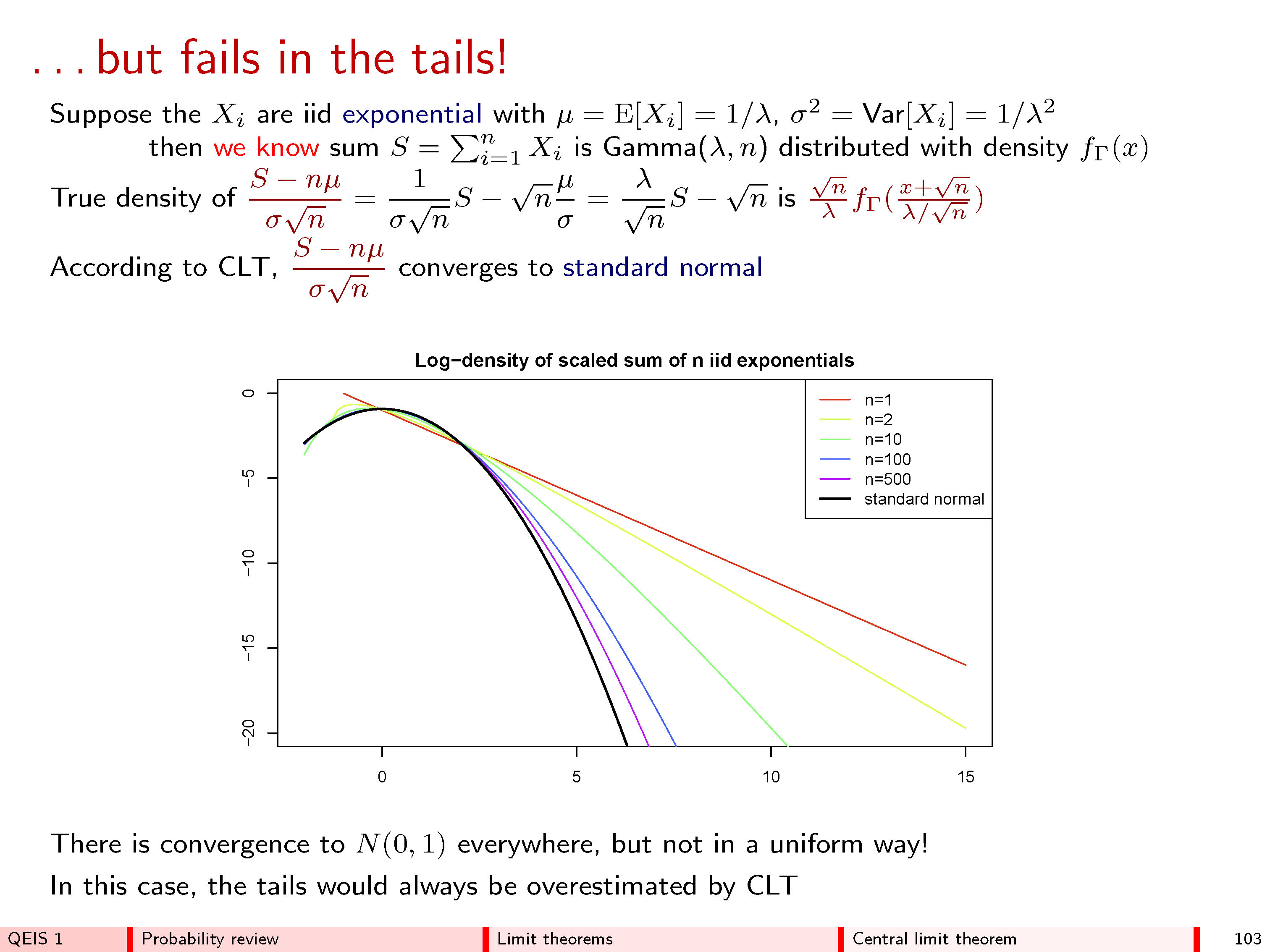An observation concerning the CLT may be the following. When you have a sum $$ S = X_1 + X_2 + \ldots + X_n $$ of a lot of random components, if one is "smaller than usual" then this is mostly compensated for by some of the other components being "larger than usual". In other words, negative deviations and positive deviations from the component means cancel each other out in the summation. Personally, I have no clear-cut intuition why exactly the remaining deviations form a distribution that looks more and more normal the more terms you have.
There are many versions of the CLT, some stronger than others, some with relaxed conditions such as a moderate dependence between the terms and/or non-identical distributions for the terms. In the simplest-to-prove versions of the CLT, the proof is usually based on the moment-generating function (or Laplace-Stieltjes transform or some other appropriate transform of the density) of the sum $S$. Writing this as a Taylor expansion and keeping only the most dominant term gives you the moment-generating function of the normal distribution. So for me personally, the normality is something that follows from a bunch of equations and I can not provide any further intuition than that.
It should be noted however that the sum's distribution, never really is normally distributed, nor does the CLT claims that it would be. If $n$ is finite, there is still some distance to the normal distribution and if $n=\infty$ both the mean and the variance are infinite as well. In the latter case you could take the mean of the infinite sum, but then you get a deterministic number without any variance at all, which could hardly be labelled as "normally distributed".
This may pose problems with practical applications of the CLT. Usually, if you are interested in the distribution of $S/n$ close to its center, CLT works fine. However, convergence to the normal is not uniform everywhere and the further you get away from the center, the more terms you need to have a reasonable approximation.
With all the "sanctity" of the Central Limit Theorem in statistics, its limitations are often overlooked all too easily. Below I give two slides from my course making the point that CLT utterly fails in the tails, in any practical use case. Unfortunately, a lot of people specifically use CLT to estimate tail probabilities, knowingly or otherwise.



